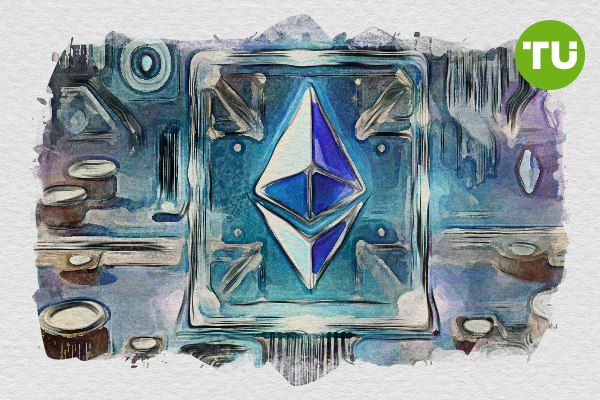Ethereum Pectra: what to expect from the major March update
 Ethereum Pectra: what to expect
Ethereum Pectra: what to expect
During a virtual meeting on January 16, the Ethereum Core team set a target release date for the Pectra update: March 2025. This hard fork is anticipated to deliver numerous enhancements aimed at improving the platform's scalability, security, and usability.
The name "Pectra" derives from the combination of two parallel updates occurring at different blockchain levels. The execution layer, responsible for enforcing protocol rules, will receive the "Prague" update, while the consensus layer, which validates blocks, will undergo the "Electra" update.
Key features of the Ethereum Pectra hard fork
The Pectra update integrates eight Ethereum Improvement Proposals (EIPs), each addressing critical network challenges. Here's an overview of the expected changes:
1. Scalability optimization: one of Pectra’s primary goals is to enhance the network's throughput. This will be achieved by optimizing rollups and sharding technologies, which will reduce network congestion and lower transaction fees. These improvements are particularly crucial given the growing user base.
2. Enhanced Security: the update introduces measures to safeguard the network against potential attacks, including:
- Penalties for validators, designed to incentivize responsible behavior.
- Protocols to mitigate risks of double-spending and other forms of abuse.
- New mechanisms for safer transaction finalization, ensuring their irreversibility.
3. Developer-centric updates: Pectra includes tools and improvements aimed at simplifying Ethereum development:
Upgrades to the Ethereum Virtual Machine (EVM) to make smart contracts more efficient.New tools for streamlined decentralized application (dApp) development.Expanded capabilities for testing and deploying projects.
4. Gas fee reduction: a long-awaited feature of Pectra is the optimization of gas fee calculations. This change will make Ethereum transactions more accessible and lower entry barriers for new users.
Loading...
According to blockchain developer Tim Beiko, the cornerstone of Pectra is the approved EIP-3074, which unlocks several wallet features, including the ability to recover lost keys.
Highlights of EIP-3074
- Batch Transactions: this feature allows multiple transactions to be bundled into one. For example, users can transfer different tokens to a new address in a single transaction, saving time and reducing complexity.
- Streamlined approvals: EIP-3074 simplifies the approval process by enabling actions such as deposits or swaps to be approved and executed in one transaction. This will save on fees and minimize the waiting time between sequential transactions.
- Sponsored transactions: EIP-3074 introduces sponsored transactions, where another party can cover a user's gas fees. For instance, decentralized exchanges (DEXs) could include gas costs in trading fees, paying on behalf of the user. To utilize these tools, users delegate control over their assets to an initiator contract via a digital signature. This contract then executes transactions and function calls on the user’s behalf.
Another significant change introduced in Pectra will be the increase in the staking limit for validators from 32 ETH to 2048 ETH. This proposal, known as EIP-7251, will enable large staking providers like Coinbase and Lido to consolidate their validators operating on the Ethereum blockchain. At the same time, it will allow them to avoid the need to continuously create new validators each time they need to stake an additional 32 ETH.
Timeline for implementation
While developers have scheduled the Pectra update for March, the exact date will depend on successful testing in the Goerli and Sepolia testnets. The update will be deployed to the mainnet after these tests. Node operators and validators will need to update their software to ensure compatibility.
Testing schedule in major testnets:
- By the end of January, block numbers for forks will be identified.
- By February 3, client releases will be prepared.
- On February 12, the upgrade will be deployed to Sepolia.
- On February 19, the upgrade will be deployed to Holesky.
The Pectra update is part of Vitalik Buterin's 2025 strategy to strengthen Ethereum’s ecosystem by enhancing its technical infrastructure and supporting its developer community.













































































































































